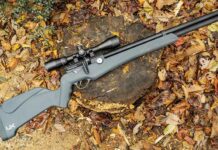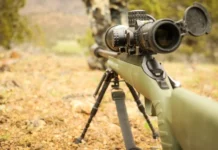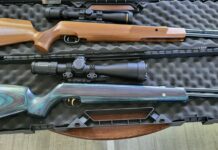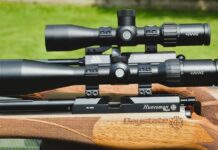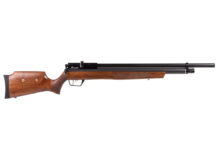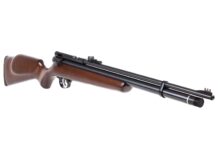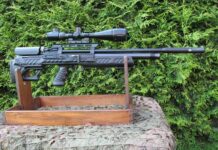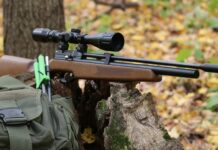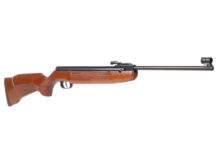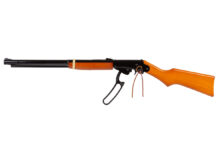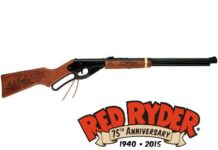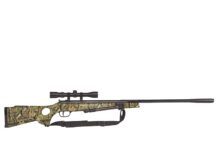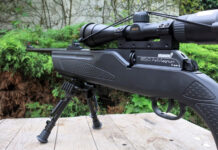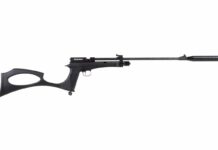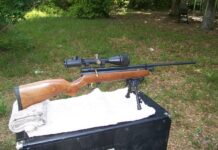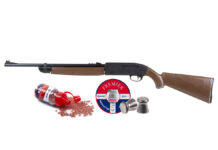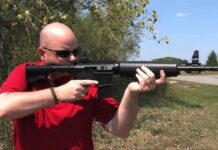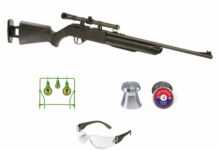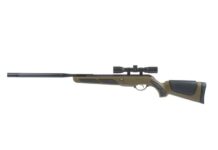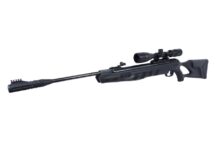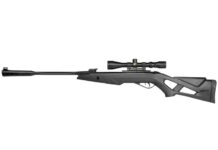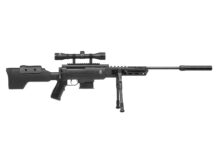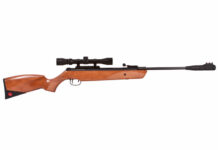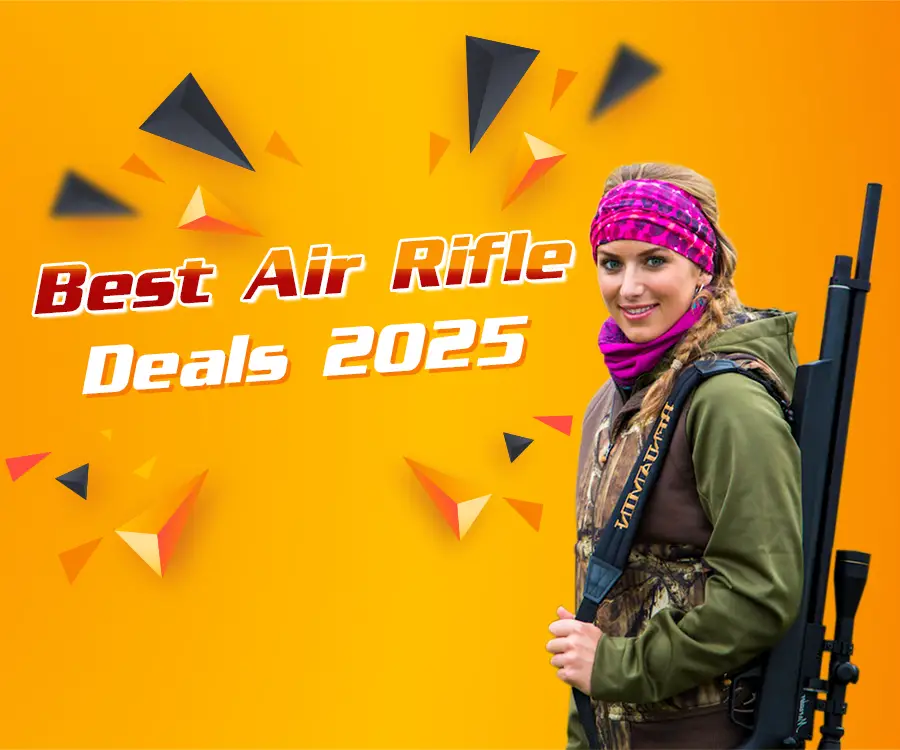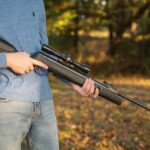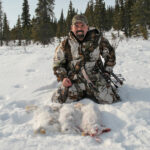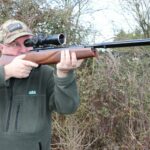Table of Contents
Standard Operating Procedure – FOX006
DOWNLOAD AS PRINTABLE PDF
Background
The introduced European red fox (Vulpes vulpes) has a significant impact on native fauna and agricultural production. Fox control methods include lethal baiting, trapping, shooting, den fumigation, den destruction and exclusion fencing.
Trapping may be useful for the control of nuisance animals but is not effective as a general fox control method.
Cage traps are used to capture problem foxes in urban/residential areas and other areas where it is unacceptable or undesirable to use 1080 or leg-hold traps. Animals trapped in a cage can be transported away from the area for euthanasia. Padded-jaw, leg-hold traps can only be used at sites where the animal can be killed by shooting while still held in the trap. (Refer to Trapping of foxes using padded-jaw traps.)
From an animal welfare perspective, cage traps are preferred over leg-hold traps as fewer injuries are sustained and non-target animals can be released unharmed.
This standard operating procedure (SOP) is a guide only; it does not replace or override the legislation that applies in the relevant state or territory jurisdiction. The SOP should only be used subject to the applicable legal requirements (including OH&S) operating in the relevant jurisdiction.
Application
- Trapping is time-consuming and labour intensive and is therefore an inefficient method for large-scale fox control in Australia.
- Cage traps are generally not effective in rural environments where foxes are more suspicious of man-made structures.
- Traps have the potential to cause significant suffering and distress so should only be used when there is no suitable alternative.
- Humane and successful trapping requires extensive training and experience.
- Selection of appropriate traps and trap sites will maximise chance of capture and minimise the distress caused to target and non-target animals.
- Every effort must be made to avoid target and non-target deaths from factors such as exposure, shock, capture myopathy and predation.
- Once trapped, foxes are either euthanased by shooting at the site of capture or taken to an appropriate site away from residential areas to be shot whilst still in the cage or after transfer to a bag.
- Traps must be used in accordance with relevant state and territory legislation (see Appendix 1). In some states for example, Western Australia, a permit may be required to trap within certain municipalities.
- Shooting of foxes should only be performed by skilled operators who have the necessary experience with firearms and who hold the appropriate licences and accreditation. Storage and transportation of firearms and ammunition must comply with relevant legislation requirements.
Animal welfare considerations
Impact on target animals
- Foxes are likely to suffer distress from being confined in a cage trap and they can sometimes be injured while trying to escape, although the potential for injury is less than that for leg-hold traps.
- Cage traps can cause extensive injuries to the teeth and mouth of trapped foxes; this is minimised by using a small mesh size (50 mm is recommended).
- Traps must be inspected daily to prevent suffering and possible death from exposure, thirst, starvation and/or shock.
- It is preferable to set up traps at sites where vegetation can provide shade and shelter.
- Shade cloth or hessian can be for used for protection during extremes of weather. In hot weather, water should be provided and in cold weather bedding should be available inside the cage. Where possible, trapping should be avoided when adverse weather conditions threaten the welfare of trapped animals.
- Captured animals must be approached carefully and quietly to reduce panic, further stress and risk of injury.
- Trapped foxes must be euthanased as quickly and humanely as possible.
- If transporting a trapped fox away from the capture site to be euthanased, the cage should be covered with hessian or a blanket to provide shelter from direct sunlight, wind and rain and to minimise stress from visual threats.
- To minimise the animal welfare implications of orphaning dependant cubs, it is preferable not to undertake trapping when vixens are lactating (i.e. August/September).
- If lactating vixens are shot, reasonable efforts should be made to find dependent cubs and kill them quickly and humanely by either shooting (with a single shot to the brain) or by fumigation of the den with carbon monoxide (refer to Fumigation of fox dens with carbon monoxide).
Impact on non-target animals
- Traps must not be set near areas that are regularly frequented by non-target species.
- Traps are not target specific; therefore other species such as birds and reptiles may be caught.
- Non-target animals caught in traps must be examined for injuries and signs of illness or distress and dealt with as follows: – Animals which are unharmed or have only received minimal injuries such as minor cuts or abrasions should be immediately released at the site of capture. – Animals which have more severe injuries or which are suffering from thermal stress should receive appropriate attention. An animal suffering from thermal stress can initially be placed in a suitable quiet holding area which provides warmth or shade to allow recovery before release. Animals with treatable injuries that cannot be immediately released or those failing to recover from thermal stress should be presented to a veterinarian or a registered wildlife carer for treatment. – Animals that have injuries which are untreatable or which would compromise their survival in the wild should be euthanased using a technique that is suitable for the species. For more information on euthanasia techniques (refer to GEN001 Methods of Euthanasia).
- If a dog or a cat is caught in the trap, it should be taken to the nearest council pound for assessment. In some states this is a legal requirement. Traps placed in urban/residential areas have a reasonable likelihood of catching owned dogs or cats.
Health and safety considerations
- Trapped foxes are dangerous to handle and can inflict serious bites. If these foxes are killed while still in the cage, there should be no need to handle them directly. However, if handling is necessary, leather gloves and a catching pole should be used. Operators must be protected by tetanus immunisation in case of bite infection.
- Firearms are hazardous. All people should stand well behind the shooter when a fox is being shot. The line of fire must be chosen to prevent accidents or injury from stray bullets or ricochets.
- Care must be taken when handling fox carcasses as they may carry diseases such as hydatidosis and sarcoptic mange that can affect humans and other animals. A fox with obvious mange should only be handled while wearing gloves. Routinely wash hands after handling all fox carcasses.
Equipment required
Traps
- Wire mesh cage traps are used. These can be obtained from commercial suppliers and are available in a variety of sizes (eg a fox size cage is 90 cm x 45 cm x 45 cm, and made of 2.5 mm welded wire with a mesh size of 50 mm). The traps have a spring door that is activated either by a treadle plate or a hook mechanism.
Lures
- Olfactory stimuli such as fox faeces or urine (or a mixture of both) or a commercially prepared lure (e.g. synthetic fermented egg) may be used to lure foxes into the trap.
- The attractiveness of lures will vary with season and location.
Meat baits
- A handful of meat bait is placed inside the cage trap. Rabbit, lamb, chicken, and kangaroo have all been used as bait.
- Attractiveness and palatability of the bait will vary with season and location.
Firearms and ammunition
- Firearms no smaller than a .17 calibre rimfire with hollow/soft point ammunition are recommended for euthanasia.
- The accuracy and precision of firearms should be tested against inanimate targets prior to the commencement of any shooting operation.
Procedures
Selection of trap sites
- Traps should be set along fences, tracks and trails or areas frequented by foxes for example, scent pads, scratch points, holes in fences, around carcases.
- The location of all trap sites must be accurately recorded. This information should be readily available to others in case the trapper is unable to return to check traps.
- Do not place in areas where the traps may be interfered with/damaged by large stock or humans.
Placing and setting the trap
- It is preferable to set traps at the end of each day and check early each morning. If traps are left set during the day, they should be checked again in late afternoon.
- Before setting each trap ensure that it is functioning properly.
- Where possible place the traps parallel to objects such as fences, logs or sheds with the rear of the cage against an obstruction to prevent foxes taking the main bait without going into the trap.
- Cage traps should be set squarely on the ground and the doors of the trap bent upward to increase the openness of the trap space.
- Place the meat bait at the rear of the trap, attached to the hook mechanism if present. A second piece of meat is placed at the mouth of the trap.
- Cover the floor of the trap with 3-5cm of soil.
- If using lures place them in suitable positions inside and outside the trap.
- The trap should be pegged to the ground to prevent the animal from tipping it over and injuring itself and/or releasing the trap door.
Shooting of foxes
- Trapped live foxes should be destroyed by shooting whilst still inside the cage trap.
- Unnecessary people should keep away from the area to allow the fox to become less agitated. The shooter should approach the animal in a calm and quiet manner.
- To maximise the impact of the shot and to minimise the risk of misdirection the range should be as short as possible, that is, 3-5 cm from the head.
- Never fire when the fox is moving its head, be patient and wait until the fox is motionless before shooting. Accuracy is important to achieve a humane death. One shot to the head should ensure instantaneous loss of consciousness and rapid death without resumption of consciousness.
- Shots must be aimed to destroy the major centres at the back of the brain near the spinal cord. This can be achieved by one of the following methods (see Diagram 1):
Frontal position (front view)
The firearm is aimed at a point midway between the level of the eyes and the base of the ears, but slightly off to one side so as to miss the bony ridge that runs down the middle of the skull. The aim should be slightly across the centreline of the skull and towards the spine.
Temporal position (side view)
The firearm is aimed horizontally at the side of the head at a point midway between the eye and the base of the ear.
- Death of shot animals should always be confirmed by observing the following: – absence of rhythmic, respiratory movements – absence of eye protection reflex (corneal reflex) or ‘blink’ – a fixed, glazed expression in the eyes – loss of colour in mucous membranes (become mottled and pale without refill after pressure is applied). If death cannot be verified, a second shot to the head should be taken immediately.
References
- Baker PJ, Harris S, Robertson CPJ, Saunders G and White PCL (2001). Differences in the capture rate of cage-trapped red foxes Vulpes vulpes and an evaluation of rabies control measures in Britain. Journal of Applied Ecology 38:823-835.
- Canadian Council on Animal Care (2003). Guidelines on the care and use of wildlife. CCAC, Ottawa, Canada. Kay B, Gifford E, Perry P and van de Ven R (2000). Trapping efficiency for foxes (Vulpes vulpes) in central New South Wales: age and sex biases and the effects of reduced fox abundance. Wildlife Research 27:547-552.
- Longair JA, Finley GG, Laniel MA, MacKay C, Mould K, Olfert ED, Roswell H and Preston A (1991). Guidelines for euthanasia of domestic animals by firearms. Canadian Veterinary Journal 32:724-726.
- Saunders G, Coman B, Kinnear J and Braysher M (1995). Managing vertebrate pests: foxes. Australian Government Publishing Service, Canberra.
- UFAW (1988). Humane killing of animals (4th Ed). Universities Federation for Animal Welfare, Potters Bar, England.
The Centre for Invasive Species Solutions manages these documents on behalf of the Environment and Invasives Committee (EIC). The authors of these documents have taken care to validate the accuracy of the information at the time of writing. This information has been prepared with care but it is provided “as is”, without warranty of any kind, to the extent permitted by law.





